Of which, solar power, which is nearly inexhaustible and is being exploited in many parts worldwide, has emerged as an ideal option to replace traditional energy resources.
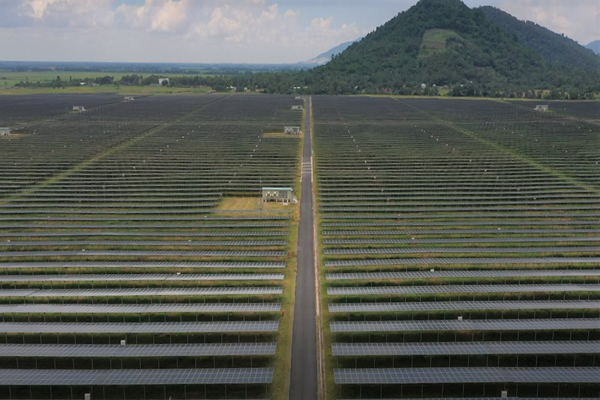 |
| A solar farm in the southwestern border area. |
In the middle of November, the 38th ASEAN Ministers on Energy Meeting, agreed to increase the proportion of renewable energy to 23% in the energy resource structure and reduce the energy intensity - used to measure the energy inefficiency in the economy - to 32% by 2025. In addition, 10 ASEAN member countries, including Vietnam, will continue building a roadmap on renewable energy development through programs and plans to reach targets.
A representative of the European Union (EU) said the EU had also issued preferential policies on the energy development and improved the prospects for the ASEAN-EU cooperation in the sustainable energy transition in ASEAN.
Solar power-an indispensable option
Obviously, in the new era, renewable energy has demonstrated its superiority in contributing to the sustainable socioeconomic development. The world is facing multiple problems, including environmental pollution, global warming, extreme climate change and dreadful natural disasters. Does the development still make sense when people have to pay dearly for the overexploitation of fossil energy resources to serve thermal power projects, destruction of natural forests and change of the flow of rivers and lakes to build hydropower plants, breaking down the natural ecosystem and causing great impacts on the living environment of the current and future generations.
According to the Institute of Energy under the Ministry of Industry and Trade, Vietnam has potential to produce some 1,700 gigawatts of solar power. In the high economic growth scenario, Vietnam will need 385.8 gigawatts of solar power by 2030 to serve the economic development.
Negative information and opinions can impede the development of solar power in Vietnam. It was said that out-of-date solar panels will become hazardous waste for the environment and need treating. This is a subjective and biased judgment.
Is it a mistake to say out-of-date solar panels are hazardous waste?
According to Dao Minh Hien, MS, director of the Research and Development Center at Power Engineering Consulting Joint Stock Company 2, solar panels includes many solar cells, which are semiconductors converting the energy of light directly into electricity by the photovoltaic effect.
The main material to produce photoelectric cells is single-crystal or poly-crystal silicon or thin-film silicon, which is the main component of solar panels.
Main parts of solar panels:
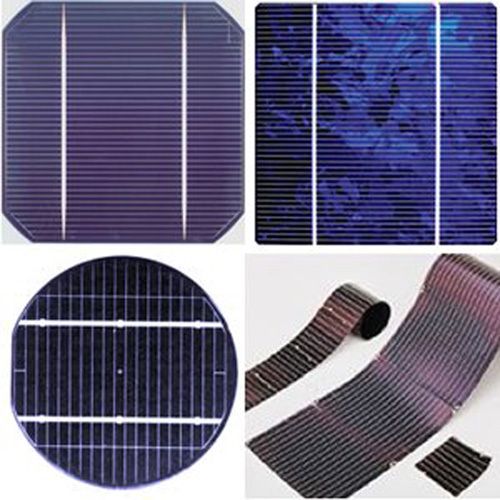 |
| Photoelectric cells |
Frame is made of aluminum.
Glass is safe tempered glass, which is made of glass with the main ingredient being silicon dioxide, a common material to produce glass containers and bottles.
Encapsulant is a thin polymer layer which combines ethylene and acetate and is produced through polymerization under high pressure. Encapsulant will help connect photovoltaic cells and tempered glass to prevent being broken and lengthen the lifespan of photovoltaic cells.
Backsheet is made of polyvinyl fluoride, a polymer material mainly used in aircraft interior equipment and raincoats. As for some better solar panels, their backsheets are made from tempered double glass, which can protect the underside of photoelectric cells from abrasion.
Junction box: the box is a type of polymer that is resistant to heat, fire, weather and ultraviolet rays. Connectors in the box are made of brass and coated with silver or tin.
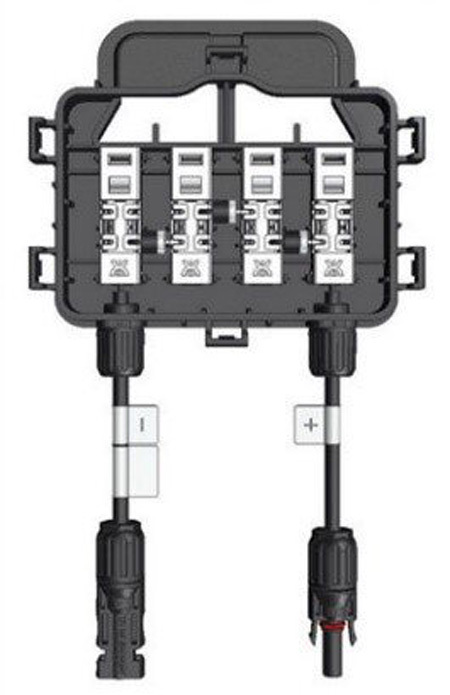 |
| The structure of a solar panel. |
Wires are made of copper or silver to connect photoelectric cells with the junction box.
It is obvious that the main components of solar panels do not contain hazardous substances. So why were out-of-date solar panels said to become hazardous waste and need treating?
Such an inaccurate judgment comes from the name of solar panels in Vietnamese - “PIN MAT TROI” and their component - “CELL”
“PIN” in Vietnamese is “PILE” in French and “BATTERY” in English, which is also called “ACCU” in French and “AC QUY” in Vietnamese.
During the French colonial period, flashlights and radios using batteries were popular among rich noblemen and landlords in Vietnam. In the 20th century, batteries branded “Con O” (Eagle) or “Con Tho” (Rabbit) were popular.
Therefore, when “PIN” is mentioned, many people may think of hazardous substances, such as acid and lead; and solar panels face the same fate.
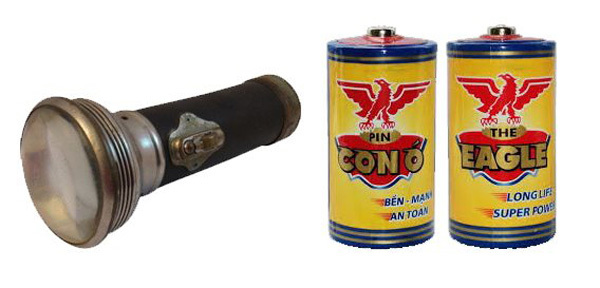 |
| A flashlight and two Con O (Eagle) batteries. |
Why are solar panels called “PIN MAT TROI” in Vietnam?
It comes from the word “CELL”.
In daily life, when buying batteries for their laptops or mobile phones, many people often ask “How many cells does this battery have? – “four or six?” This is a simple way to ask about the capacity of batteries.
Solar panels and batteries have the following similar characteristics:
Accumulators also have cells with a voltage of several volts. These cells create modules, which connect together to form racks and eventually a charged system.
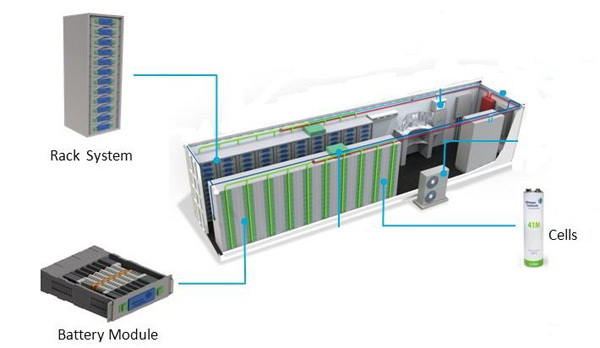 |
| The structure of a charged system. |
Similarly, photoelectric cells in solar panels connect together to create modules or panels, which link together to become arrays or tables and eventually the solar power system.
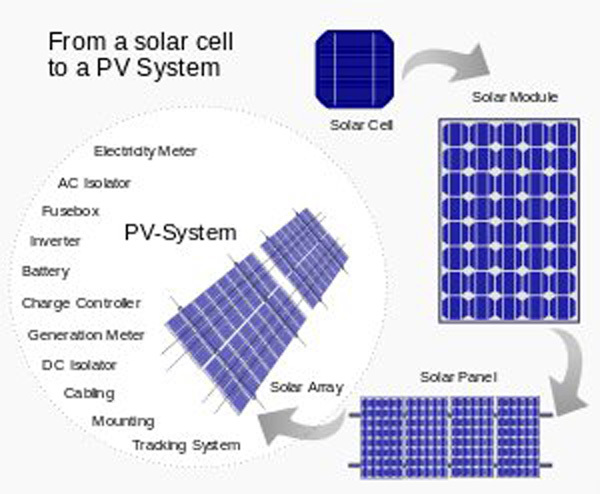 |
| The structure of a photovoltaic solar panel system. |
Therefore, solar panels in Vietnamese are called “PIN MAT TROI” due to this similarity. However, solar panels are not hazardous waste. SGT
Thanh Dung
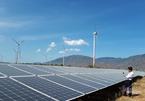
Waste solar panels can be recycled: scientists
A researcher on renewable energy, Dr Vo Viet Cuong, from the Electrical and Electronic Engineering Faculty under the HCM City University of Technology and Education, has noted that there is no absolutely clean energy.
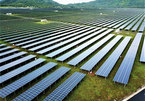
Time to think about recycling of end-of-life solar panels: experts
The growth of solar power generation in Vietnam has come alongside increasing concern over the disposal of end-of-life solar panels in the coming decades.